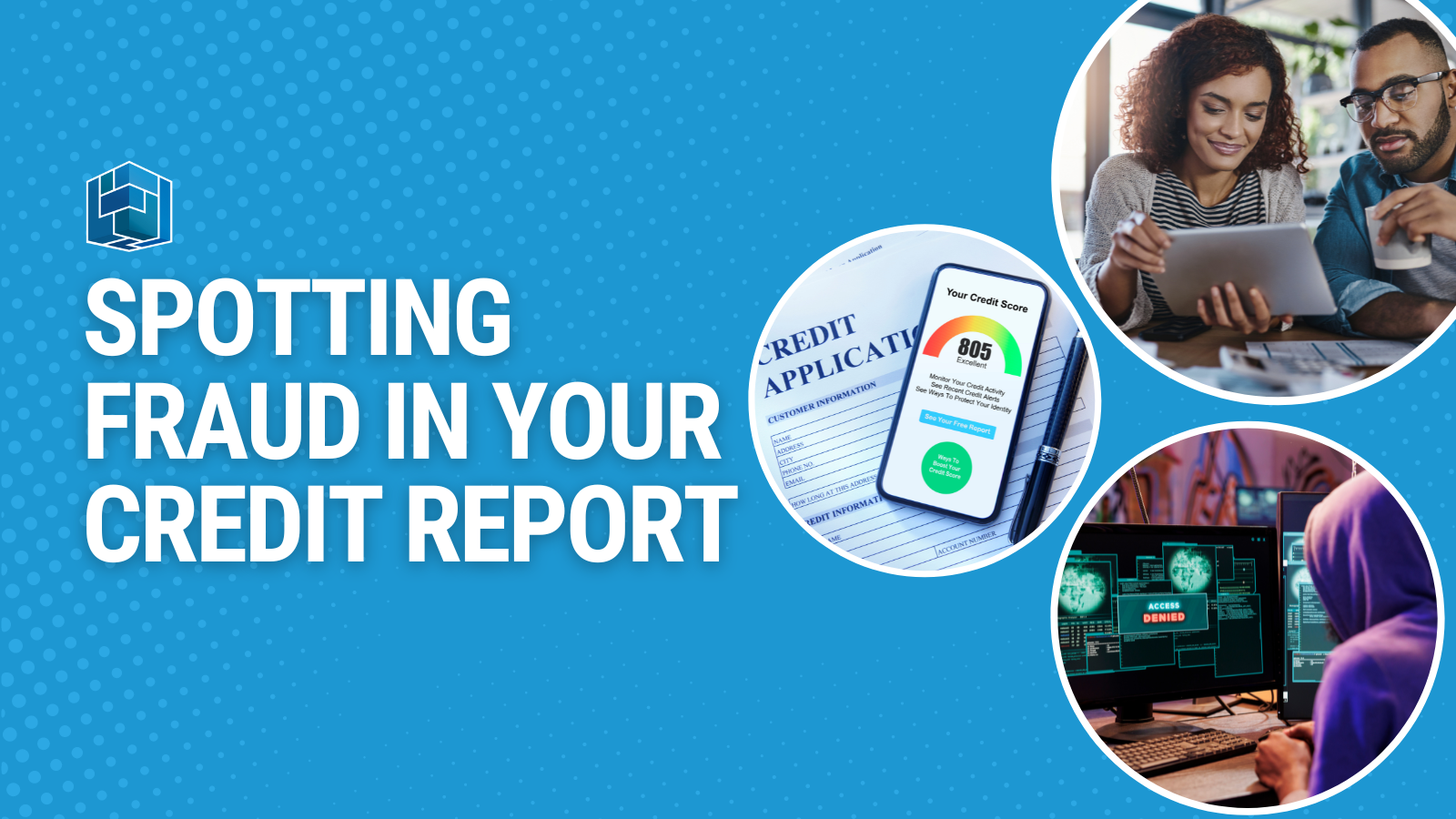- 435-673-6350
- advisors@staterawealth.com

It can seem daunting at first, but with a little guidance, you’ll be able to understand what you’re looking at and even spot potential fraud. Regularly reviewing your credit reports lets you check for errors that might be lowering your credit scores, and it can tip you off to potential identity theft. Here’s a step-by-step guide to help you navigate your credit report and identify any red flags. These steps are general guidelines. Individual circumstances may vary, and it’s important to tailor your approach to your specific situation.
A credit report is a detailed record of your credit history, maintained by credit bureaus. It includes information about your borrowing and repayment activities, such as loans, credit cards, and other forms of credit. Financial institutions, including lenders, may use this report to assess your creditworthiness.
You can request a free credit report once a year from each of the three major credit bureaus: Experian, Equifax, and TransUnion. Visit Consumer.ftc.gov to get more information on how to access your free reports.
Personal Information
Credit Accounts
Credit Inquiries
Public Records
Collections
Understanding your credit report can be a useful tool in managing your financial health. If you have any questions, please reach out to our team.
For personalized guidance, it’s important to consult with qualified financial professionals who can consider your specific situation and goals.
Investment Advisory Services offered through Trek Financial LLC., an (SEC) Registered Investment Advisor.
Information presented is for educational purposes only. It should not be considered specific investment advice, does not take into consideration your specific situation, and does not intend to make an offer or solicitation for the sale or purchase of any securities or investment strategies. Investments involve risk and are not guaranteed, and past performance is no guarantee of future results. For specific tax advice on any strategy, consult with a qualified tax professional before implementing any strategy discussed herein. Trek 24-296

